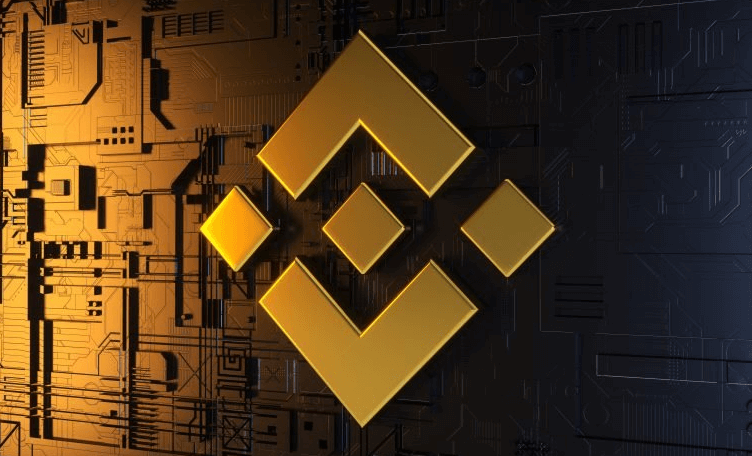The world’s largest cryptocurrency exchange, Binance, has rolled out a major upgrade to its fiat-to-crypto experience by integrating Apple Pay and Google Pay, in partnership with global payments giant Worldpay. The move is designed to make crypto onboarding easier at a time when the market itself is under significant pressure—with the total crypto market losing $250 billion since the implementation of Donald Trump’s latest round of global trade tariffs.
While headlines focus on falling crypto prices, Binance is playing the long game. The integration of Apple Pay and Google Pay is part of a bigger shift from speculation to utility, from volatility to infrastructure.
“This integration brings Binance’s fiat-to-crypto experience even closer to the convenience and speed users expect from their daily digital payment tools,” the exchange said in its official statement.
Thomas Gregory, Binance’s VP of Fiat, emphasised that the goal is to “provide broader choice and smoother access to crypto through familiar, mobile-first platforms.”
By aligning with mainstream payment systems, Binance positions itself as a daily-use financial tool, not just a place to ride price waves.
The move signals a deeper convergence where traditional digital wallets are not just for e-commerce anymore. They’re evolving into onramps for decentralized economies, unlocking entirely new revenue models for payment providers that were once kept at arm’s length by the crypto industry.
Read Also: President Biden commends Nigeria on Binance executive Tigran Gambaryan’s release
As the crypto trading hub garners attention, the real infrastructure shift involves Worldpay, Apple Pay, and Google Pay. Worldpay processes $2.3 trillion annually for some of the biggest global brands and is now helping Binance streamline secure crypto transactions worldwide. Their platforms are increasingly becoming the bridge between Web2 financial tools and Web3 assets.
Binance’s update is especially relevant to developing markets, where crypto often serves as a workaround to unstable currencies and inflation. In Nigeria, mobile wallets are already popular, and while Apple Pay and Google Pay adoption is limited, some major banks—like Access Bank, GTB, Zenith, and First Bank—are starting to support these services via Android and iOS devices.
Still, usage is fragmented. Apple Pay is only officially supported in select African countries like Egypt, Morocco, and South Africa, and Google Pay is slowly expanding. Even so, Binance sees a trend: users in these markets are skipping traditional finance and going straight to crypto. This integration, however gradual its rollout in Africa, is about laying the groundwork for long-term adoption.
The timing of the announcement is hard to ignore. It echoes a “build-while-others-panic” philosophy that coincides with a bearish market sentiment sparked by Trump’s tariffs—a period dubbed the worst week for US markets since the COVID crash.
While it’s not confirmed whether this was timed to counteract the gloom, it adds a layer of strategic intrigue. Critics could argue that this is a risky moment to lower entry barriers. Making crypto easier to buy might draw in inexperienced users at the worst time — when prices are falling fast and sentiment is shaky.
Binance’s continued product development signals confidence in a future rebound. Whether this will be enough to outweigh market panic remains to be seen.
Get passive updates on African tech & startups
View and choose the stories to interact with on our WhatsApp Channel
Explore




